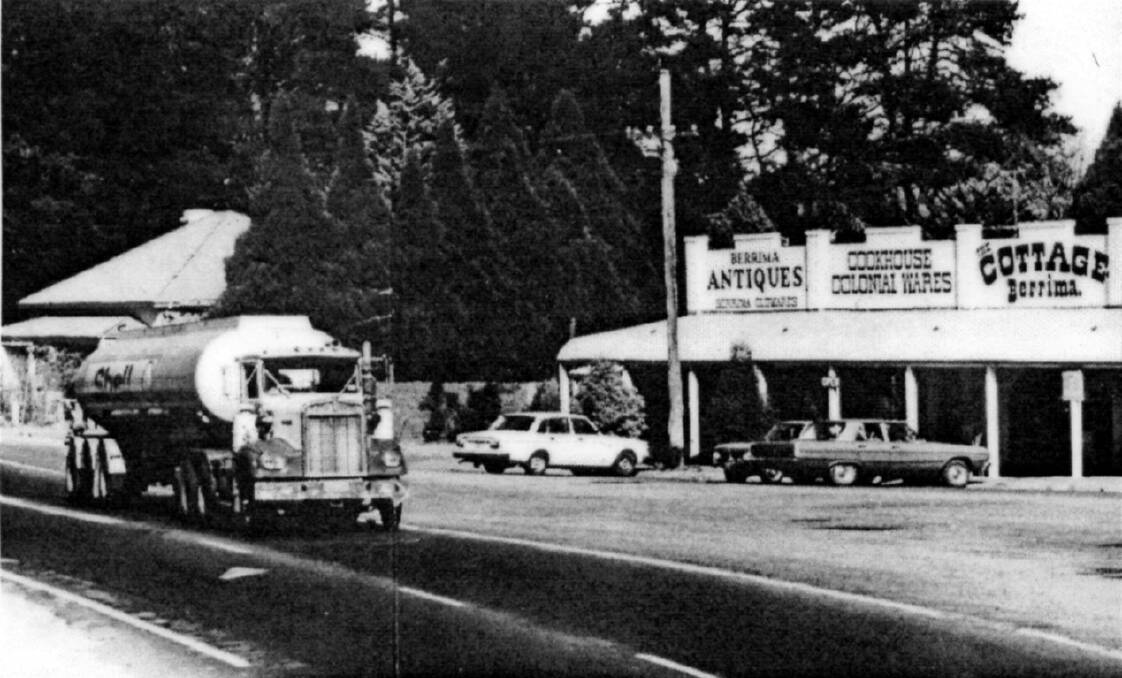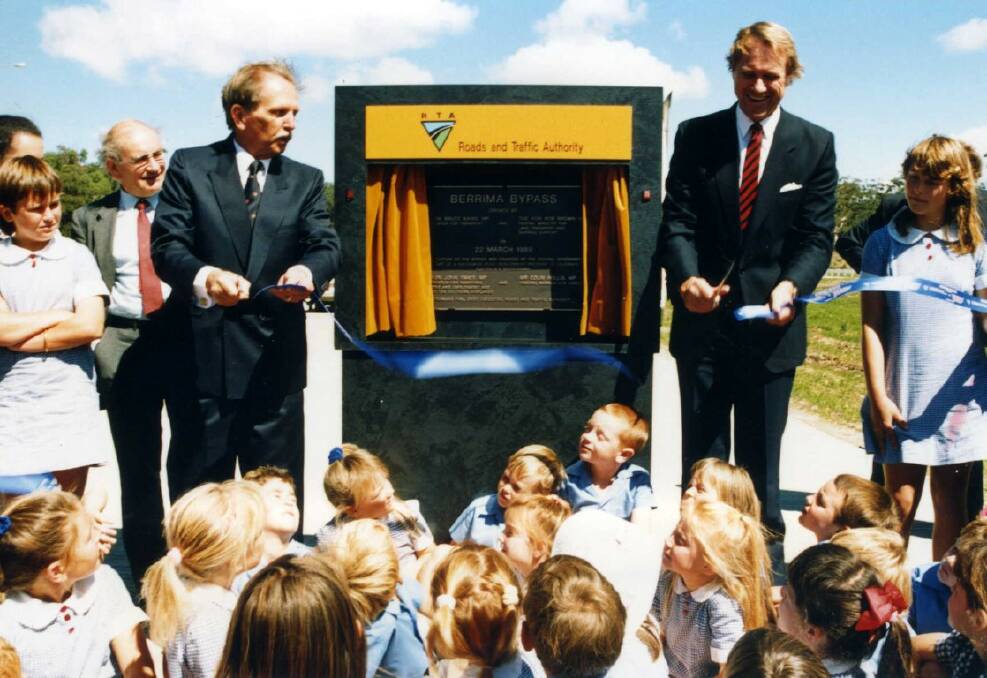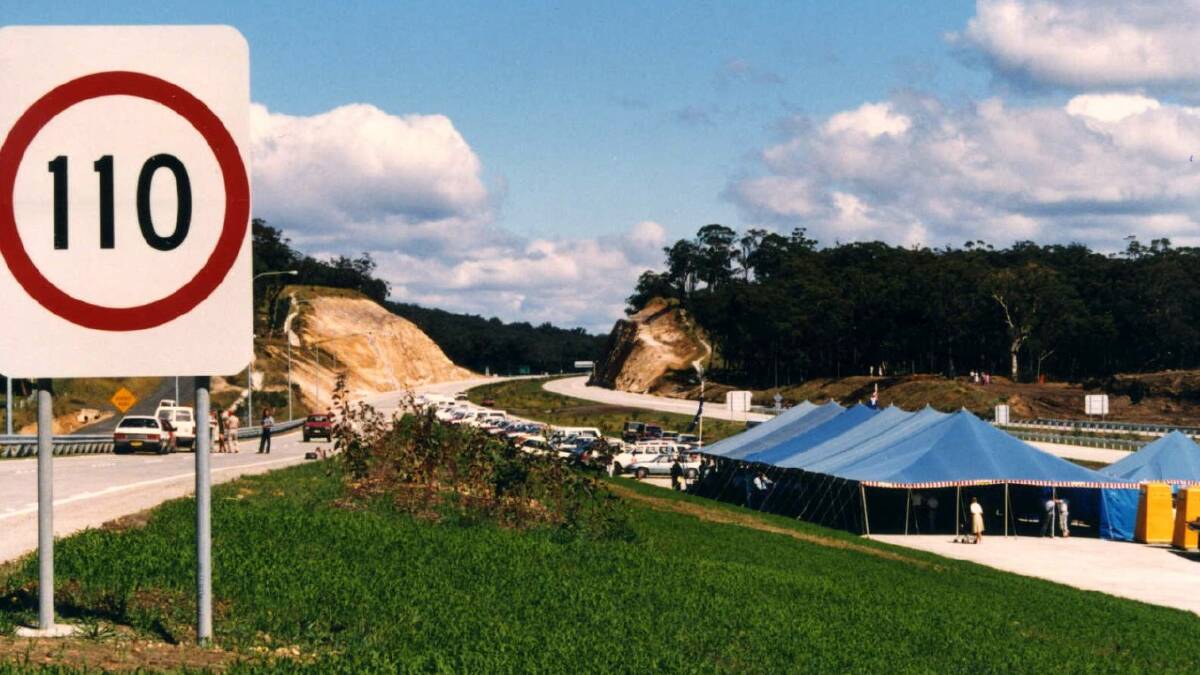The Berrima Bypass has now been in existence for 30 years. Extending from the Welby Interchange at Mittagong to the Mereworth Interchange south of Berrima, it opened on March 22, 1989, providing improved travel conditions for Hume Highway motorists and relieving Berrima of incessant through traffic.
Subscribe now for unlimited access.
or signup to continue reading

The bypass was built as part of the F5 South Western Hume Freeway. Commenced in the 1970s, the F5 project was funded by the Federal Government to provide the Hume Highway with a standard four-lane, dual-carriageway between Liverpool and Breadalbane (south of Goulburn) bypassing all towns and villages along the way.
The first section of 16km from Liverpool to Camden Road opened in 1974. A 13km section between Yanderra and Aylmerton, including eight bridges, opened in 1977. Once the intermediate section of 35km between Camden Road and Yanderra opened in December 1980, requiring a major bridge across the Nepean River at Pheasants Nest, the F5 was then the longest continuous freeway in Australia (64km).
From the mid-1970s the Main Roads Department investigated routes by which the F5 could bypass Mittagong and Berrima, both of which straddled the Hume Highway. The selection of the route was made extremely difficult by the spread of development east of Mittagong and by the area of untouched bushland to its west. Four options through the local district were put forward - an eastern, western, central and modified central route. These were discussed with district councils, motoring bodies and the public.
Many residents preferred the eastern route that would link with the Illawarra Highway and bypass Moss Vale. The Department eventually decided that the western route would provide the greatest benefit at reasonable cost, while incurring the least disruption to the natural and community environment. The freeway would pass west of Mittagong and Berrima as far as the Medway Rivulet and then link with the existing line of highway near Mereworth Road.
Construction of the Berrima Bypass commenced in 1985, its 15.5km of dual carriageway taking four years. The cost of around $70 million included nine sets of twin bridges as well as the Welby Interchange Bridge to carry the former highway over the new roadway. Once completed, work then began on the 8.5km Mittagong Bypass which would open in August 1992 and cost $77 million.
From the 1950s there had been a substantial increase in traffic on the Hume Highway, it being designated as 'Route 31' in 1954, with Mittagong and Berrima serving as major refuelling and refreshment stops for travelers passing through. This brought considerable detriment, however, to the comfort and safety of residents and, for motorists, the local section became a death trap.
The Berrima District Post reported in March 1960 that 13 people were killed and 168 injured on the highway between Braemar and Marulan during the previous year. This did not include a significant number who later died as a result of injuries. Calls for action were heeded to some extent. The Main Roads Department had built a dual carriageway at Bendooley Hill, just north of Berrima, in 1956 and in the 1960s made major improvements to local 'death traps' on the highway at Berwick Orchard, Hanging Rock and at Cutaway Hill, which wound up to the Centennial Road turn-off to Bowral. The 1896 concrete arch bridge at Black Bobs Creek, south of Berrima, was replaced in 1971.
The Berrima Bypass was officially opened on March 22, 1989 by Bob Brown, Federal Minister for Land Transport and Bruce Baird, NSW Minister for Transport, who cut a symbolic blue ribbon, flanked by the local member John Fahey and Sharleen Morris, captain of Berrima Public School. The entire school, 71 pupils plus staff, were invited guests. They had a particular interest in the road which, from a safety and noise point of view, had long dominated the lives of Berrima children.

The bypass was a welcome relief for Hume Highway motorists as it eliminated the old highway's remaining accident-prone spots and, being dual carriageway, meant car drivers were no longer delayed behind slower moving semi-trailers.
As well, the new road considerably lessened the flow of traffic through Berrima. While this was a welcome relief, it worried the town's traders.

- Berrima District Historical & Family History Society - compiled by PD Morton. Part 1 of a 3-part series. To be continued.

